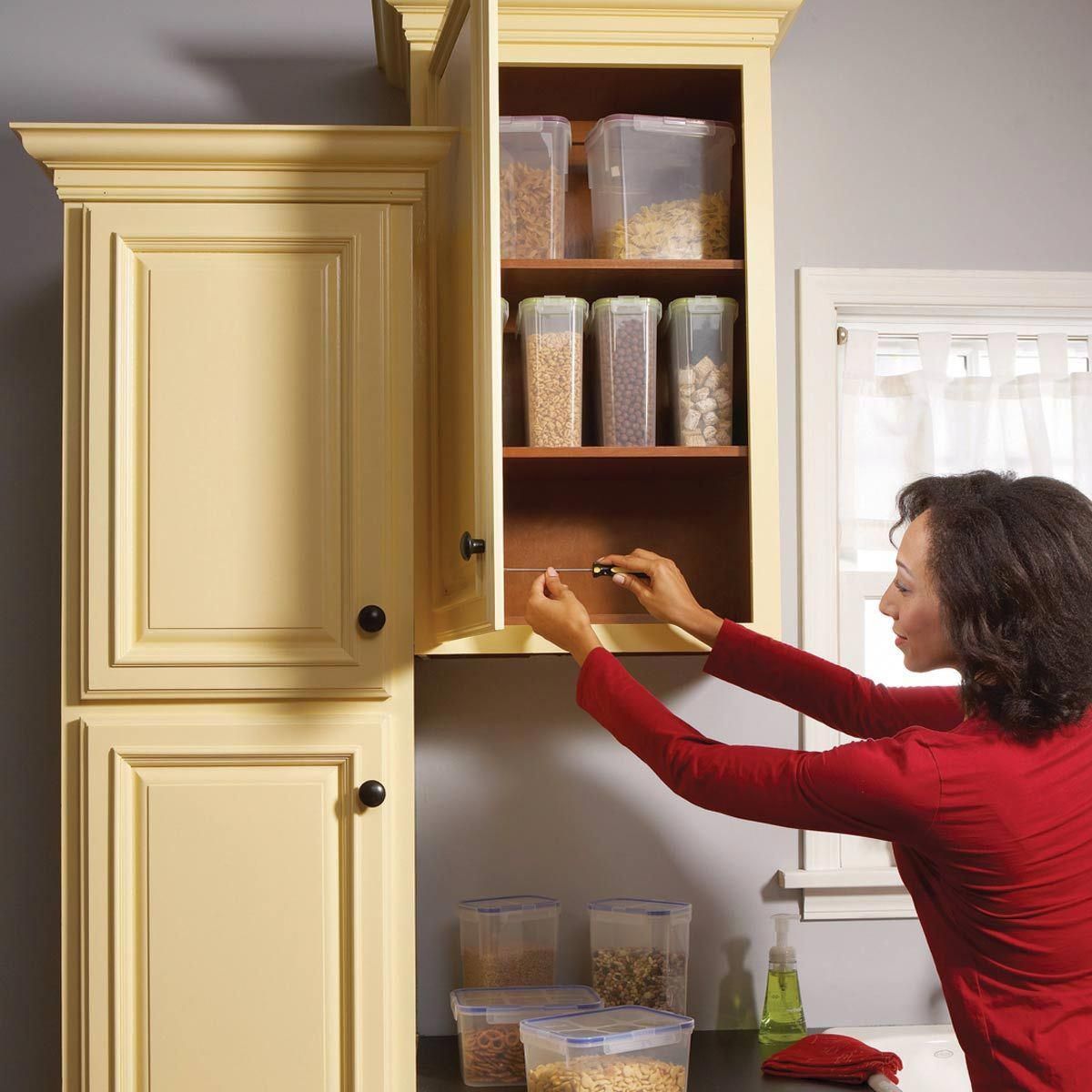

Articles
How To Fix A Cabinet Door
Modified: January 6, 2024
Learn how to easily fix your storage cabinets by repairing the cabinet door. Take care of loose hinges, handle issues, or alignment problems.
(Many of the links in this article redirect to a specific reviewed product. Your purchase of these products through affiliate links helps to generate commission for Storables.com, at no extra cost. Learn more)
Introduction
Welcome to our comprehensive guide on fixing cabinet doors. Cabinet doors can develop issues over time, such as becoming misaligned or not closing properly. These problems can not only affect the functionality of your cabinets, but they can also be visually unappealing. Fortunately, many cabinet door issues can be easily fixed with a few simple steps and the right tools. In this guide, we will walk you through the process of assessing and fixing common cabinet door problems.
Before diving into the guide, it’s important to understand that cabinet door issues can arise due to various factors. These can include changes in humidity and temperature, general wear and tear, or even improper installation. By identifying the root cause of the problem, you can effectively address the issue and prevent it from recurring in the future.
In this guide, we will cover the step-by-step process of fixing cabinet doors, starting from assessing the problem to reattaching the door. We will also provide helpful tips and tricks along the way to ensure a successful repair. By the end of this guide, you will have the knowledge and confidence to handle common cabinet door issues on your own.
So, let’s get started with the first step: assessing the problem.
Key Takeaways:
- Easily fix common cabinet door issues by assessing, gathering tools, adjusting hinges, fixing loose screws, realigning the door, and lubricating hinges. Thorough testing ensures successful repairs for smooth functionality.
- Regular maintenance, including lubrication, screw checks, and prompt repairs, is key to preventing future cabinet door issues and maintaining long-lasting functionality and visual appeal.
Read more: How To Fix A Cabinet Door Hinge
Assessing the Problem
Before you can begin fixing your cabinet door, it’s important to accurately assess the problem. This will help you determine the best course of action and ensure that you address the underlying issue effectively. Here are a few common problems you may encounter and how to identify them:
- Misalignment: If your cabinet door is not closing properly, it may be misaligned. To check for misalignment, simply open and close the door while observing its movement. If the door is uneven or rubbing against the frame, it is likely misaligned.
- Sticking or Binding: If the cabinet door is sticking or binding when opening or closing, there may be an issue with the hinges or the door itself. Test the door’s movement and listen for any scraping or grinding sounds, which may indicate sticking or binding.
- Sagging: Sagging cabinet doors are usually caused by loose or worn-out hinges. To check for sagging, open the door partially and observe if it tilts down or if there is a noticeable gap between the door and the frame.
- Loose Screws: Loose screws can lead to various problems, such as misalignment or sagging doors. Inspect the hinges and other hardware to see if any screws are loose or missing.
- Damaged Hinges: Examine the hinges closely for any signs of damage or wear and tear. Cracked or bent hinges may require repair or replacement.
By carefully assessing the problem, you will have a better understanding of what needs to be fixed. This will enable you to gather the necessary tools and materials for the repair process. In the next section, we will discuss the tools and materials you will need to fix your cabinet door.
Gathering the Necessary Tools and Materials
Before you start fixing your cabinet door, it’s essential to gather all the necessary tools and materials. Having everything you need on hand will make the repair process much smoother and more efficient. Here are the tools and materials you will typically need:
- Screwdriver: A screwdriver is one of the most commonly used tools for fixing cabinet doors. Make sure you have both a flat-head and a Phillips-head screwdriver to accommodate different types of screws.
- Adjustable Wrench: An adjustable wrench is handy for tightening or loosening nuts and bolts, especially when dealing with hinge adjustments.
- Hammer: A small hammer can be useful for tapping the hinges or loosening stubborn screws.
- Drill: In some cases, you may need to drill new holes for screws or replace damaged hinges. Having a drill with the appropriate bits will come in handy.
- Pencil or Marker: You’ll need a pencil or marker to mark any adjustments or measurements on the cabinet door and frame.
- Sanding Block or Sandpaper: If the cabinet door is sticking or binding, a sanding block or sandpaper can help you smooth out any rough edges or high spots.
- Hinge Screws: If the problem lies with loose screws, having a few extra hinge screws of the appropriate size can be helpful.
- Hinge Replacement: If you find that the hinges are damaged beyond repair, you may need to have replacement hinges ready.
Additionally, it’s important to have some cleaning supplies on hand, such as a mild cleaner and a soft cloth. You may need to clean the cabinet door and hinges before making any repairs.
Once you have gathered all the necessary tools and materials, you’ll be ready to move on to the next step: removing the cabinet door. We will discuss this in detail in the following section.
Removing the Cabinet Door
Before you can begin repairing your cabinet door, you’ll first need to remove it from the cabinet frame. Removing the door will give you better access to the hinges and allow you to work on it more easily. Here’s how to remove a cabinet door:
- Open the Door: Start by fully opening the cabinet door to provide easy access.
- Support the Door: Depending on the size and weight of the door, you may need assistance or a support mechanism to prevent it from falling or causing any damage.
- Locate the Hinges: Inspect the hinges on the inside of the cabinet frame. You’ll typically find two or three hinges holding the door in place.
- Remove the Screws: Using a screwdriver, carefully remove the screws that attach the hinges to the cabinet frame. Place the screws in a safe location for later use.
- Detach the Door: Once the screws are removed, gently lift the door off the hinges and set it aside in a safe area.
It’s important to handle the cabinet door with care during removal to avoid any accidental damage. If the door is heavy or cumbersome, consider using a helper or placing a soft cloth or blanket underneath it to protect the surface.
With the cabinet door successfully removed, you can now move on to the next step: determining the cause of the issue. This will help you identify the specific problem and take the necessary steps to fix it. We will explore this in detail in the upcoming section.
Determining the Cause of the Issue
After removing the cabinet door, it’s time to determine the cause of the issue. Understanding what’s causing the problem will guide your repair efforts and ensure that you address the underlying issue effectively. Here are a few common causes of cabinet door problems:
- Hinge Misalignment: Misaligned hinges are a common culprit behind cabinet door issues. Check if the hinges are properly aligned with each other and the cabinet frame. If they are not, adjustment or replacement may be necessary.
- Loose Screws: Over time, screws can become loose due to frequent use or vibrations. Loose screws can lead to misalignment, sagging, or other door problems. Inspect the hinges and other hardware to identify any loose screws.
- Worn-out Hinges: Hinges can wear out over time, especially in heavily used cabinets. If the hinges are worn out, they may not be able to support the weight of the door properly, causing it to sag or not close properly.
- Warped or Damaged Door: If the cabinet door is warped or damaged, it may not align correctly or close properly. Inspect the door for any signs of warping, cracks, or other damage that could be causing the issue.
- Inadequate Lubrication: Lack of lubrication can cause hinges to become stiff or make the door difficult to open and close smoothly. Check if the hinges are lubricated properly and apply lubricant if necessary.
By carefully examining the hinges, screws, and the door itself, you can determine the cause of the issue. Once you have identified the problem, you can proceed with the appropriate repair method. In the following sections, we will guide you through common repairs such as adjusting hinges, fixing loose screws, realigning the door, repairing or replacing damaged hinges, and lubricating the hinges.
Now that we have identified the cause of the problem, let’s move on to the next section and learn how to adjust the hinges properly.
Read more: How To Fix Warped Cabinet Door
Adjusting the Hinges
One of the most common causes of cabinet door issues is misaligned hinges. Fortunately, adjusting the hinges can often resolve the problem and restore proper functionality to your cabinet door. Here’s a step-by-step guide on how to adjust the hinges:
- Examine the Hinges: Inspect the hinges closely to determine if they are misaligned. Look for any gaps or unevenness between the door and the frame.
- Loosen the Hinge Screws: Using a screwdriver, loosen the screws on the hinge that attaches to the cabinet frame. Do not remove the screws completely, just loosen them enough to allow for movement.
- Adjust the Hinge: Gently move the hinge up, down, or sideways to align it with the cabinet frame and door. Use a level or measuring tape to ensure the hinge is straight and properly aligned.
- Tighten the Hinge Screws: Once the hinge is properly aligned, tighten the screws gradually, alternating between screws until they are securely fastened. Be careful not to over-tighten, as this can strip the screws or damage the wood.
- Test the Door: Close and open the cabinet door to see if the misalignment has been corrected. If the door still doesn’t close properly, repeat the adjusting process or consider further troubleshooting.
It’s important to note that not all cabinet hinges are adjustable. Some may require replacement if they cannot be adjusted or are damaged beyond repair. If adjusting the hinges does not resolve the problem, you may need to explore other repair options, such as replacing the hinges or repairing the door itself.
In the next section, we will provide guidance on fixing loose screws, another common issue that can affect the functionality of your cabinet door.
Fixing Loose Screws
Loose screws are a common problem that can lead to misalignment, sagging, or other issues with your cabinet door. Fortunately, fixing loose screws is a simple repair that can greatly improve the functionality of your door. Here’s how to fix loose screws in your cabinet hinges:
- Inspect the Hinges: Examine the hinges closely to identify any screws that are loose or missing. Make sure to check both the door-side hinge and the frame-side hinge.
- Tighten Loose Screws: Using a screwdriver, gently tighten any loose screws in the hinges. Turn the screw clockwise until it is securely fastened. Avoid over-tightening, as this can damage the screw or the wood.
- Replace Missing Screws: If you discover any missing screws, replace them with screws of the same size and type. Ensure that the new screws are tightened securely to prevent future issues.
- Check Other Hardware: In addition to the hinges, inspect other hardware such as the handle or knob screws. Tighten any loose screws you find to ensure they are securely fastened.
Regularly checking and tightening loose screws in your cabinet hinges is a good maintenance practice that can prevent future problems. It’s a simple yet effective way to keep your cabinet doors functioning smoothly and securely.
If tightening the screws doesn’t fully resolve the issue, there may be additional factors contributing to the problem. In the next section, we will explore realigning the cabinet door to address misalignment caused by factors other than loose screws.
Check the hinges to see if they are loose or need adjusting. Tighten any loose screws and adjust the hinges to ensure the door is aligned properly. If the hinges are damaged, consider replacing them.
Realigning the Cabinet Door
If your cabinet door is misaligned and adjusting the hinges doesn’t solve the problem, you may need to realign the door itself. Misalignment can cause issues such as sticking, rubbing, or gaps between the door and the frame. Here’s a step-by-step guide on how to realign your cabinet door:
- Inspect the Door and Frame: Carefully examine the door and the frame to identify any areas where the misalignment is occurring. Look for gaps, rubbing marks, or areas where the door is not flush with the frame.
- Loosen the Hinge Screws: Using a screwdriver, loosen the screws on the hinges that attach the door to the frame. Loosen them enough to allow for movement but not completely remove them.
- Adjust the Door Position: Gently lift or lower the door, or move it sideways, to align it with the frame. Use a level or measuring tape to ensure the door is straight and properly aligned.
- Re-Tighten the Hinge Screws: Once the door is aligned, tighten the screws on the hinges gradually, alternating between screws, until they are secure. Be careful not to over-tighten and strip the screws or damage the wood.
- Check for Proper Alignment: Open and close the door to ensure it moves smoothly without sticking or rubbing against the frame. Check for any gaps between the door and the frame, and make any necessary adjustments.
If the misalignment persists or is severe, you may need to make additional adjustments, such as sanding down high spots or adding shims to level the door. Professional help may be needed if the misalignment is due to structural issues or damaged hardware.
Now that you’ve realigned the door, you can move on to the next step: assessing the condition of the hinges. We’ll explore how to repair or replace damaged hinges in the following section.
Repairing or Replacing Damaged Hinges
If your cabinet door still has issues after adjusting and realigning, the problem may lie with the hinges themselves. Damaged or worn-out hinges can affect the functionality and stability of your cabinet door. Here’s what you can do to repair or replace damaged hinges:
- Inspect the Hinges: Carefully examine the hinges for any signs of damage, such as rust, cracks, or bent parts. Determine if the hinges can be repaired or if they need to be replaced.
- Repairing Hinges: If the hinges are only slightly damaged, you may be able to repair them. This can involve straightening bent parts, lubricating rusted areas, or tightening loose screws. Use pliers or a hammer for minor adjustments.
- Replacing Hinges: If the hinges are significantly damaged or beyond repair, it’s best to replace them entirely. Make sure to bring the old hinge with you when purchasing the replacement to ensure a proper fit.
- Removing the Old Hinges: To remove the old hinges, unscrew them from both the cabinet frame and the door. Take note of the exact position of the old hinges for proper alignment of the replacements.
- Installing the New Hinges: Position the new hinges on the cabinet frame and door in the same locations as the old hinges. Use a screwdriver to secure them in place with the provided screws.
- Test the Door: Once the new hinges are installed, open and close the cabinet door to ensure it moves smoothly and aligns properly with the frame. Make any necessary adjustments.
It’s important to invest in high-quality hinges for long-lasting performance. Consider choosing hinges that are made from durable materials and have adjustable features for easier installation and future adjustments.
In the next section, we will discuss the importance of lubricating the hinges to ensure smooth operation of your cabinet door.
Read more: How To Remove A Cabinet Door
Lubricating the Hinges
Proper lubrication is essential for maintaining the smooth operation of your cabinet door hinges. Over time, hinges can become stiff or develop friction, making it difficult to open and close the door smoothly. Lubricating the hinges can help reduce friction, prevent wear and tear, and prolong the life of your hinges. Here’s how to properly lubricate your cabinet door hinges:
- Clean the Hinges: Before applying any lubricant, it’s important to clean the hinges to remove any dirt, dust, or debris. Use a mild cleaner and a soft cloth to gently wipe away the grime. Ensure that the hinges are dry before proceeding.
- Select the Right Lubricant: Choose a lubricant that is specifically designed for hinges, such as a silicone-based or graphite-based lubricant. Avoid using heavy oils or grease, as they can attract more dirt and debris over time.
- Apply the Lubricant: Apply a small amount of lubricant to the hinges, focusing on the moving parts and the areas where friction occurs. Use a sprayer or a small brush to reach into the crevices and ensure even distribution of the lubricant.
- Operate the Door: Once the lubricant is applied, open and close the cabinet door several times to help distribute the lubricant evenly across the hinges. This will ensure smoother operation of the door.
- Wipe off Excess Lubricant: After operating the door, use a clean cloth to wipe off any excess lubricant from the hinges. This will prevent accumulation of dirt and keep the hinges clean and functioning properly.
It’s a good practice to lubricate your cabinet door hinges at least once a year or as needed. Regular lubrication will help prevent friction-related issues and maintain the longevity of your hinges.
Now that you’ve properly lubricated the hinges, you’re ready to reattach the cabinet door and test its functionality. We’ll cover the reattaching process in the next section.
Reattaching the Cabinet Door
With the necessary repairs and adjustments made, it’s time to reattach the cabinet door to its frame. Properly reattaching the door is crucial for ensuring its stability and functionality. Here’s how to reattach the cabinet door:
- Hold the Door in Position: Position the cabinet door in front of the frame, aligning it with the hinges that are attached to the cabinet frame.
- Insert the Hinge Pins: Carefully insert the hinge pins into the hinge plates on the cabinet frame. Ensure that the pins are securely inserted and properly seated.
- Secure the Hinge Screws: Using a screwdriver, tighten the screws on the hinges that attach the door to the cabinet frame. Start with the top hinge and gradually work your way down to the bottom hinge, ensuring that all screws are securely fastened.
- Test the Door: Open and close the cabinet door to ensure that it moves smoothly and aligns properly with the frame. Check for any sticking, rubbing, or misalignment issues. If necessary, make further adjustments or repairs as needed.
It’s important to ensure that the door sits properly on the hinges and moves without any resistance. If the door is still not functioning as desired, you may need to revisit some of the previous steps to identify and address any remaining issues.
Once you are satisfied with the door’s functionality and alignment, you can move on to the final step: testing the door’s functionality before concluding the repair process.
Testing the Door’s Functionality
After reattaching the cabinet door, it’s important to thoroughly test its functionality to ensure that the repairs and adjustments have been successful. Testing the door will help you identify any remaining issues and make any final adjustments for optimal performance. Here’s how to test the functionality of your cabinet door:
- Open and Close the Door: Gently open and close the cabinet door multiple times to ensure that it moves smoothly and without any sticking or rubbing.
- Check for Proper Alignment: Observe the door as it closes to ensure that it aligns properly with the cabinet frame. Look for even gaps between the door and the frame, and ensure that it closes securely.
- Test the Latch or Lock: If your cabinet door has a latch or lock, ensure that it engages properly and securely when the door is closed. Test the latch or lock to verify that it functions as intended.
- Listen for Any Unusual Sounds: Pay attention to any sounds that may indicate remaining issues, such as squeaking, grinding, or scraping. If you hear any unusual sounds, further investigation may be necessary.
- Inspect the Hinges and Hardware: After testing the door’s functionality, examine the hinges and other hardware to ensure that everything remains securely fastened and in good condition.
If you encounter any issues during the testing process, such as misalignment, sticking, or unusual sounds, it may be necessary to revisit the appropriate repair steps and make further adjustments. Don’t hesitate to seek professional help if you are unable to resolve the issues on your own.
Congratulations! By following this comprehensive guide, you have successfully assessed, repaired, and reinstalled your cabinet door. Your cabinets will now function smoothly, look visually appealing, and provide long-lasting performance.
Remember to perform regular maintenance on your cabinet doors to prevent future issues. This includes periodic lubrication, checking for loose screws, and addressing any signs of wear or damage promptly.
We hope this guide has been useful to you, and we wish you many years of hassle-free use of your storage cabinets!
Conclusion
Fixing cabinet door issues doesn’t have to be a daunting task. With the right knowledge, tools, and materials, you can easily tackle common problems and restore the functionality and aesthetic appeal of your storage cabinets. Throughout this comprehensive guide, we have covered the step-by-step process of assessing, repairing, and reattaching your cabinet doors.
We began by assessing the problem and identifying common issues such as misalignment, sticking, and loose screws. By understanding the underlying causes, we were able to gather the necessary tools and materials for the repair process, which included screwdrivers, adjustable wrenches, sanding blocks, and lubricants. We then guided you through the steps of removing the cabinet door, determining the cause of the issue, adjusting the hinges, fixing loose screws, realigning the door, repairing or replacing damaged hinges, and lubricating the hinges.
Finally, we emphasized the importance of thoroughly testing the functionality of the door to ensure a successful repair. By opening and closing the door, checking for proper alignment, testing the latch or lock, listening for unusual sounds, and inspecting the hinges and hardware, you can ensure that your cabinet door is working as intended.
Remember, regular maintenance is key to keeping your cabinet doors in good condition. Perform periodic checks, tighten any loose screws, and keep the hinges lubricated to prevent future problems. This will not only extend the lifespan of your cabinet doors but also enhance the usability and overall appearance of your storage cabinets.
By following this guide, you have acquired the skills and knowledge to tackle common cabinet door issues and complete the necessary repairs with confidence. We hope that this article has been informative and helpful in assisting you with your storage cabinet needs.
Thank you for reading, and we wish you success in your cabinet door repair endeavors!
Frequently Asked Questions about How To Fix A Cabinet Door
Was this page helpful?
At Storables.com, we guarantee accurate and reliable information. Our content, validated by Expert Board Contributors, is crafted following stringent Editorial Policies. We're committed to providing you with well-researched, expert-backed insights for all your informational needs.
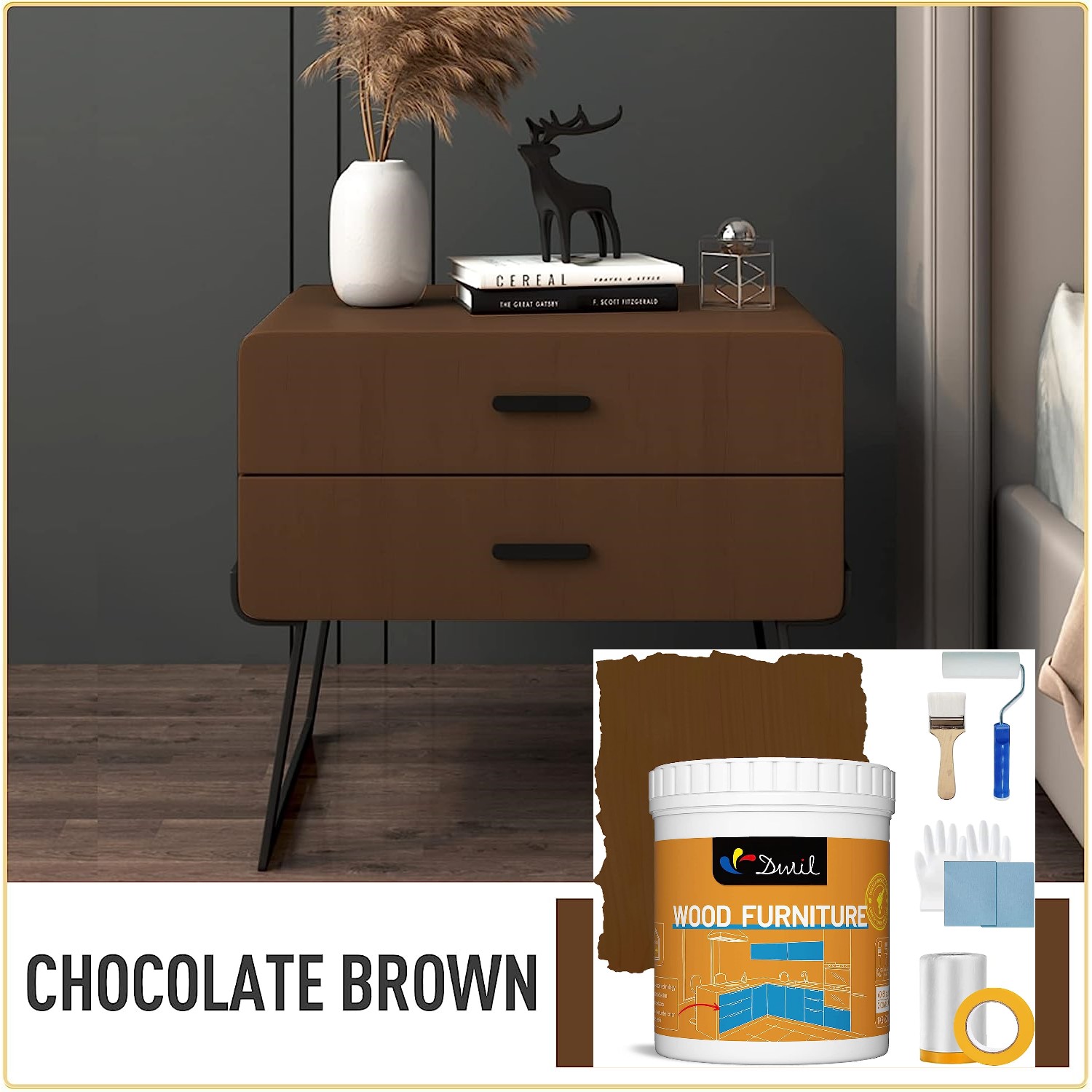
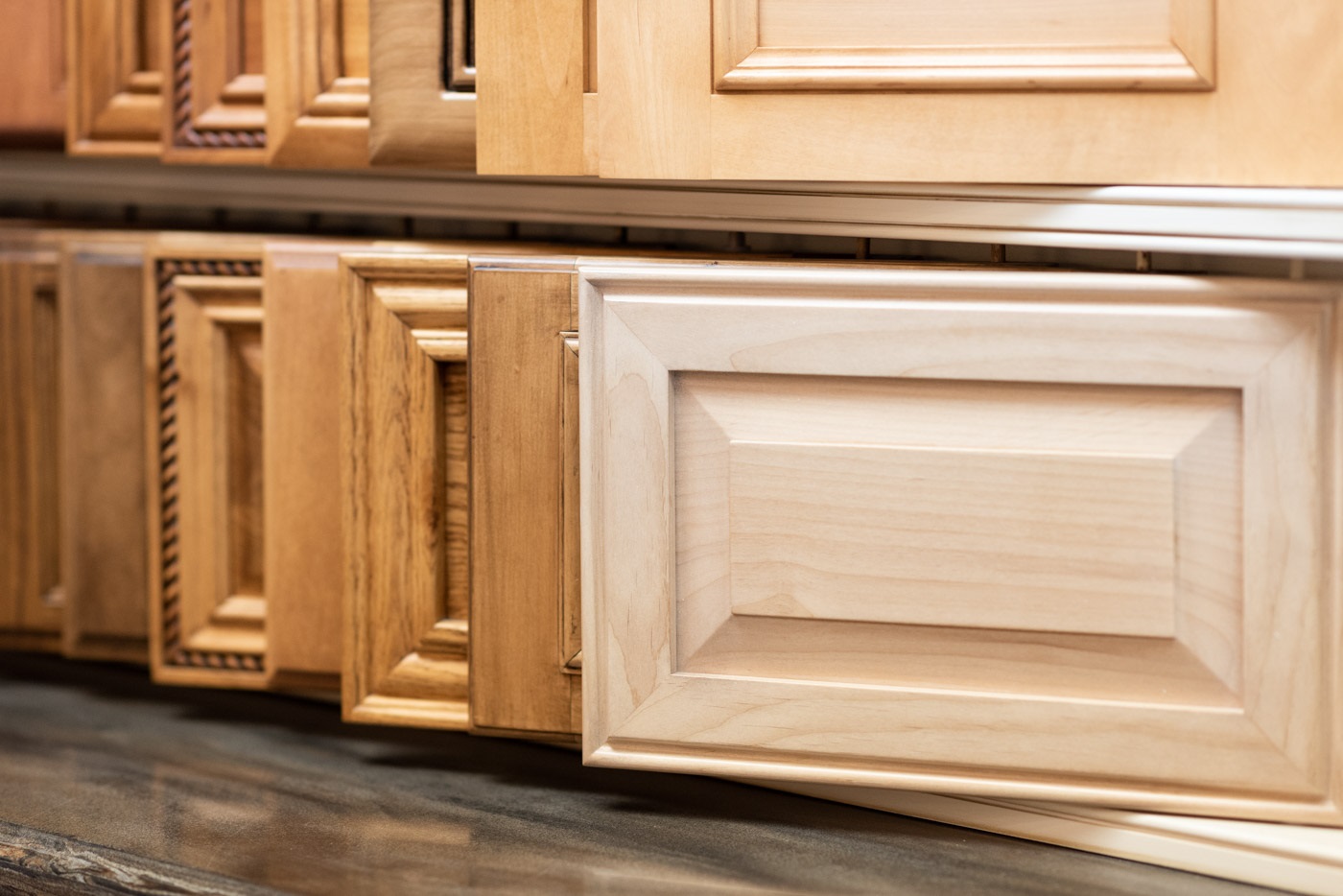
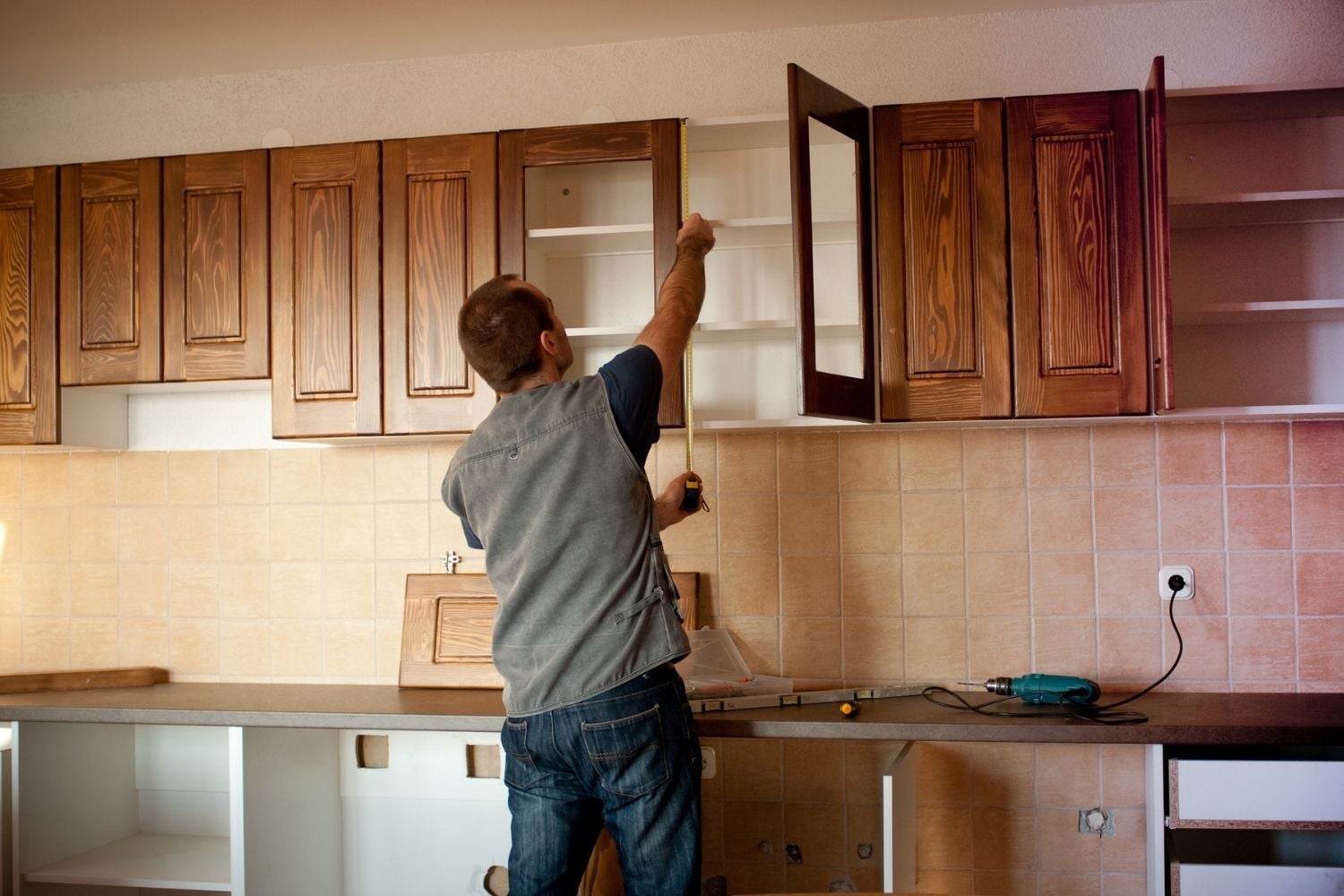
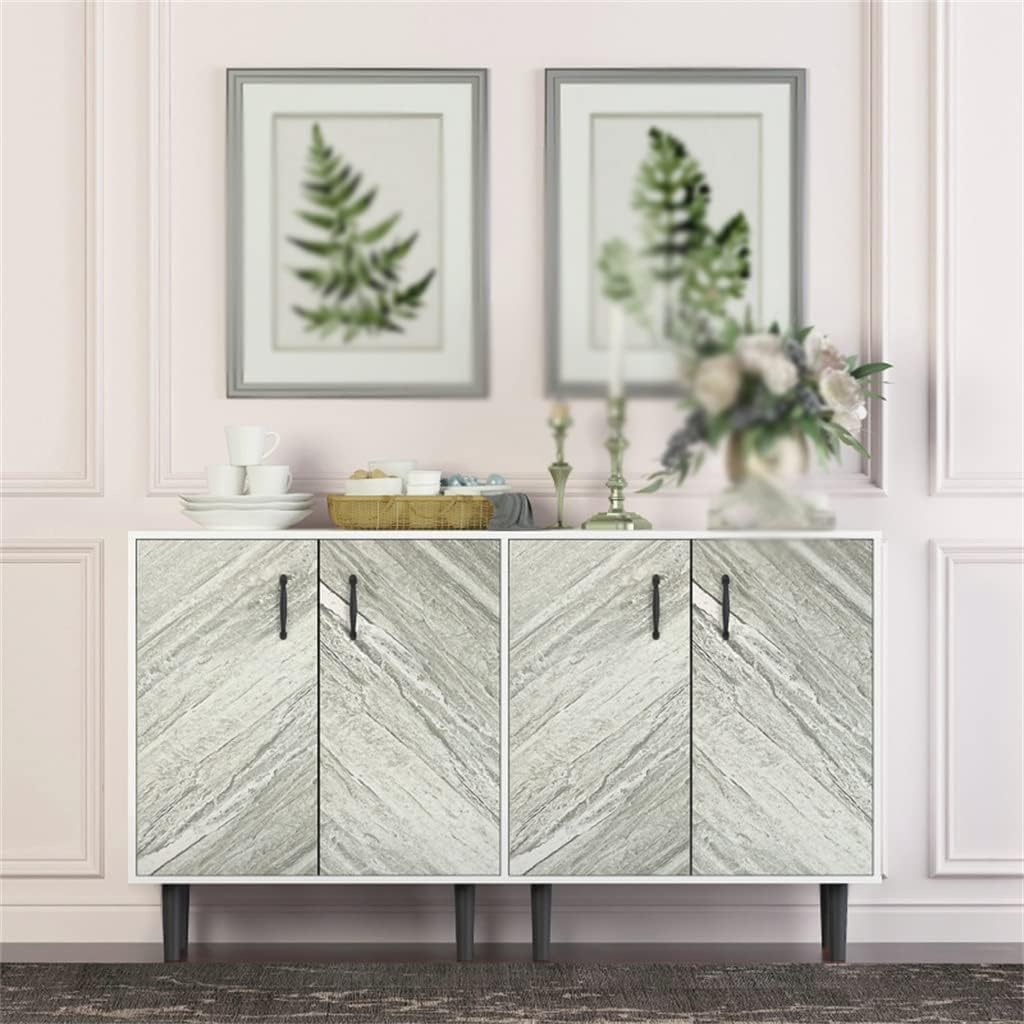
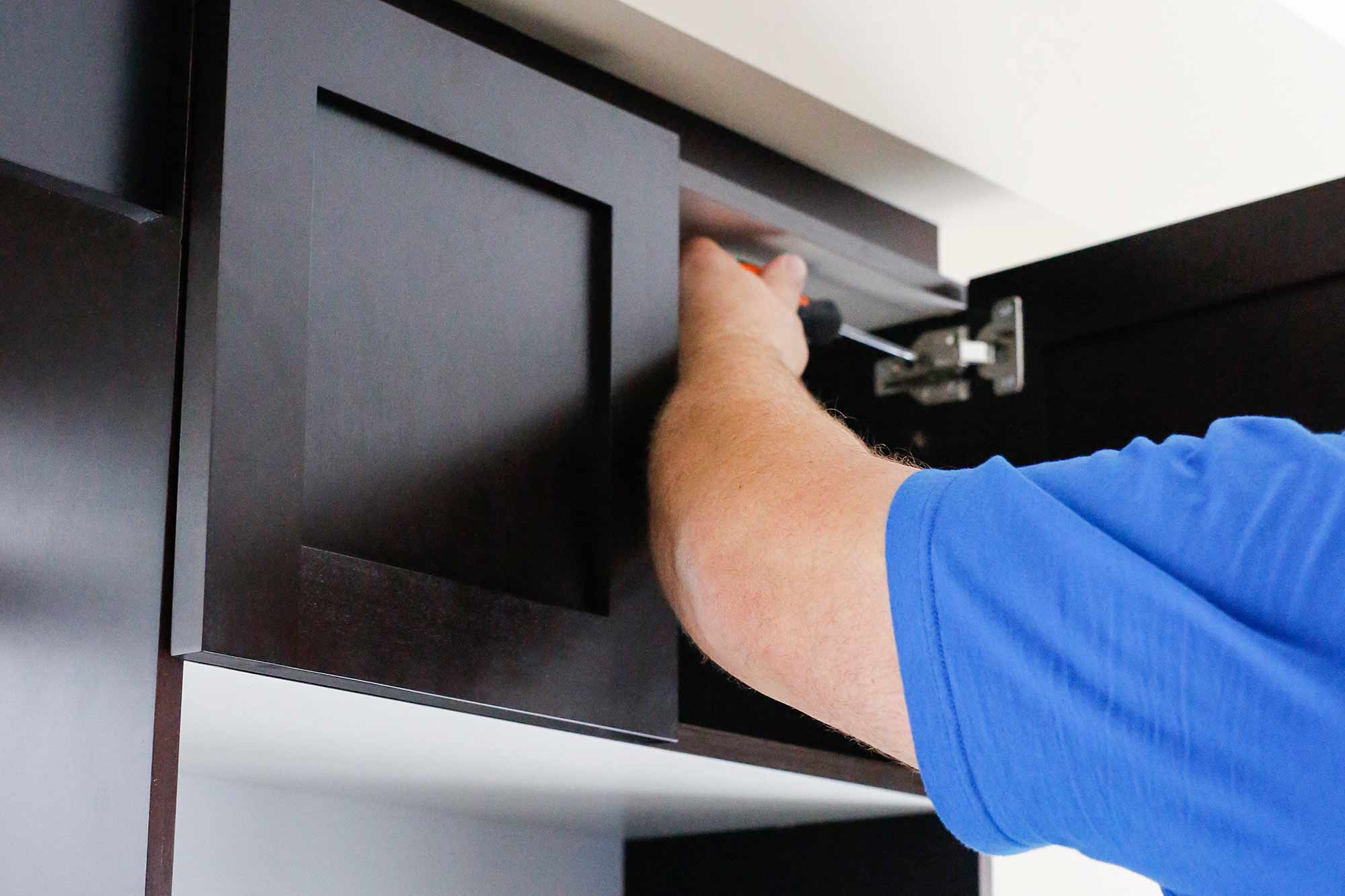
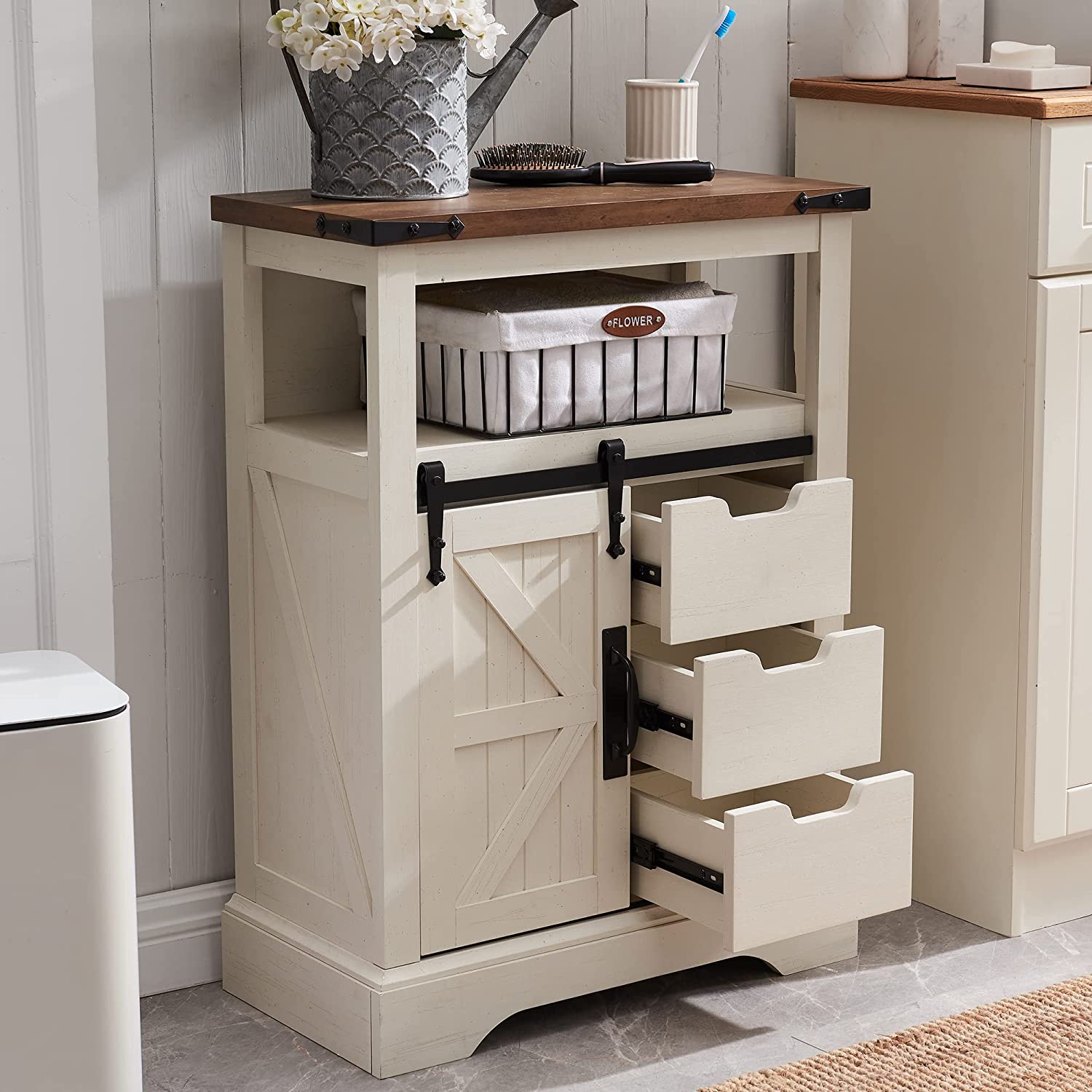
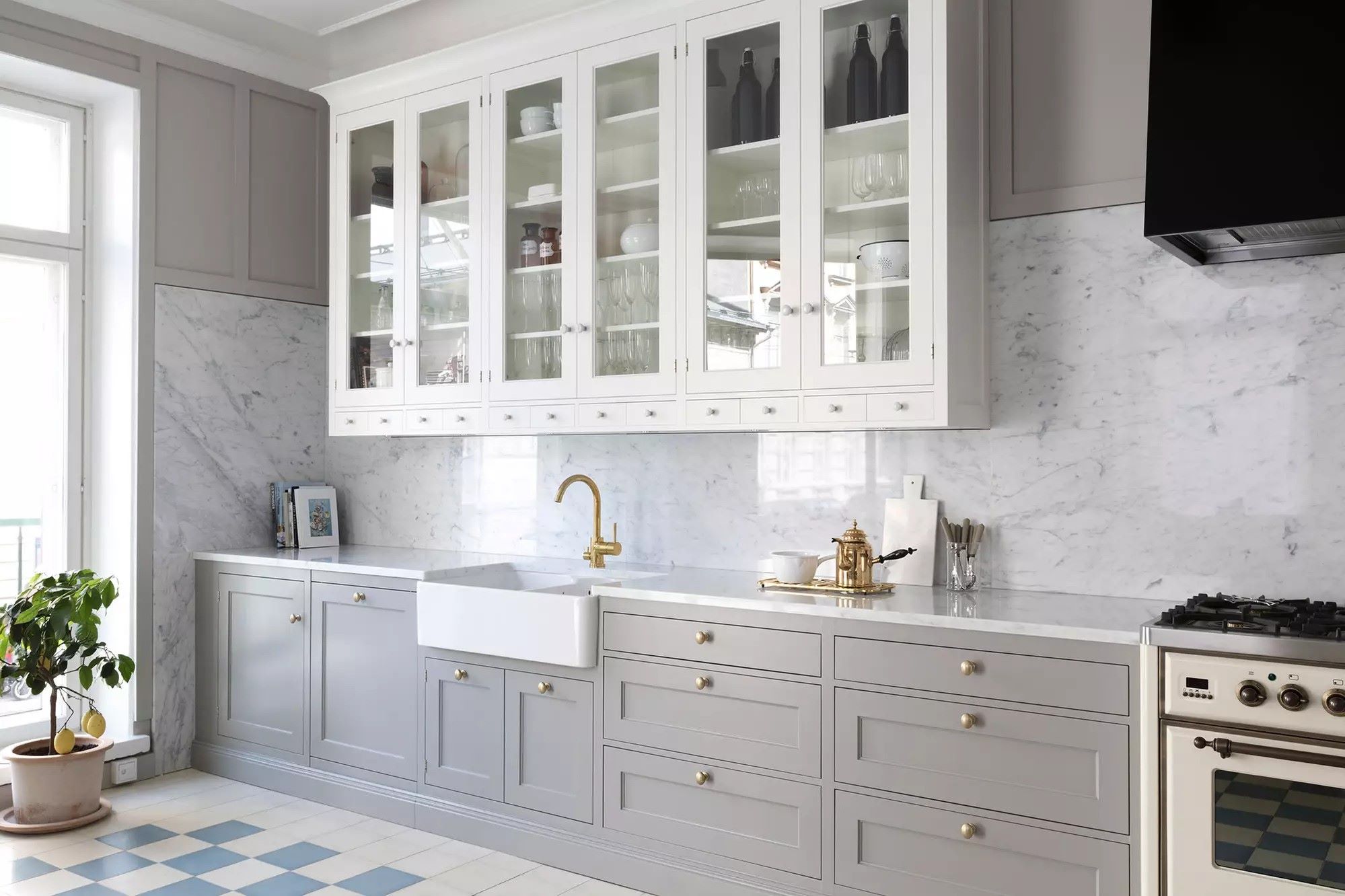
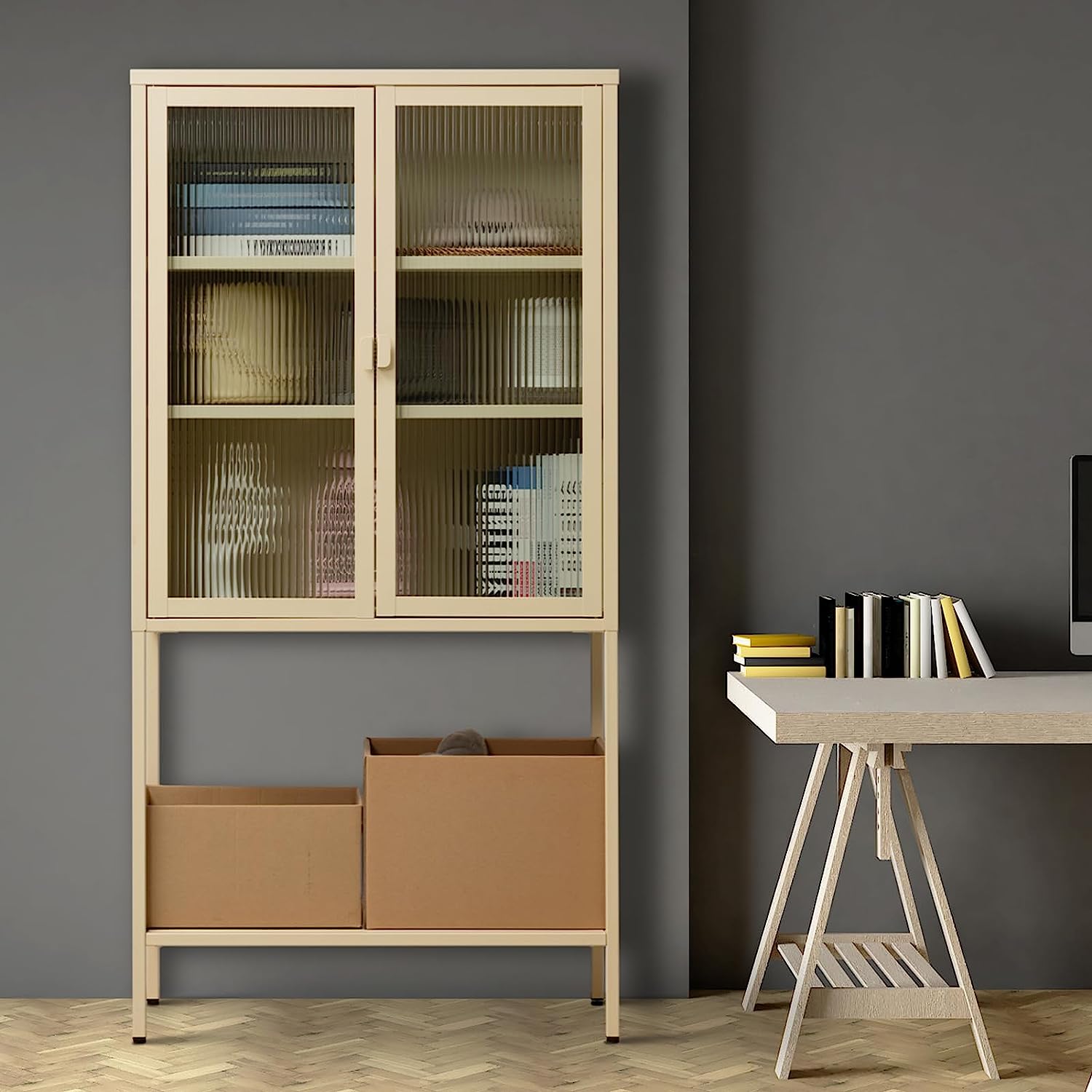
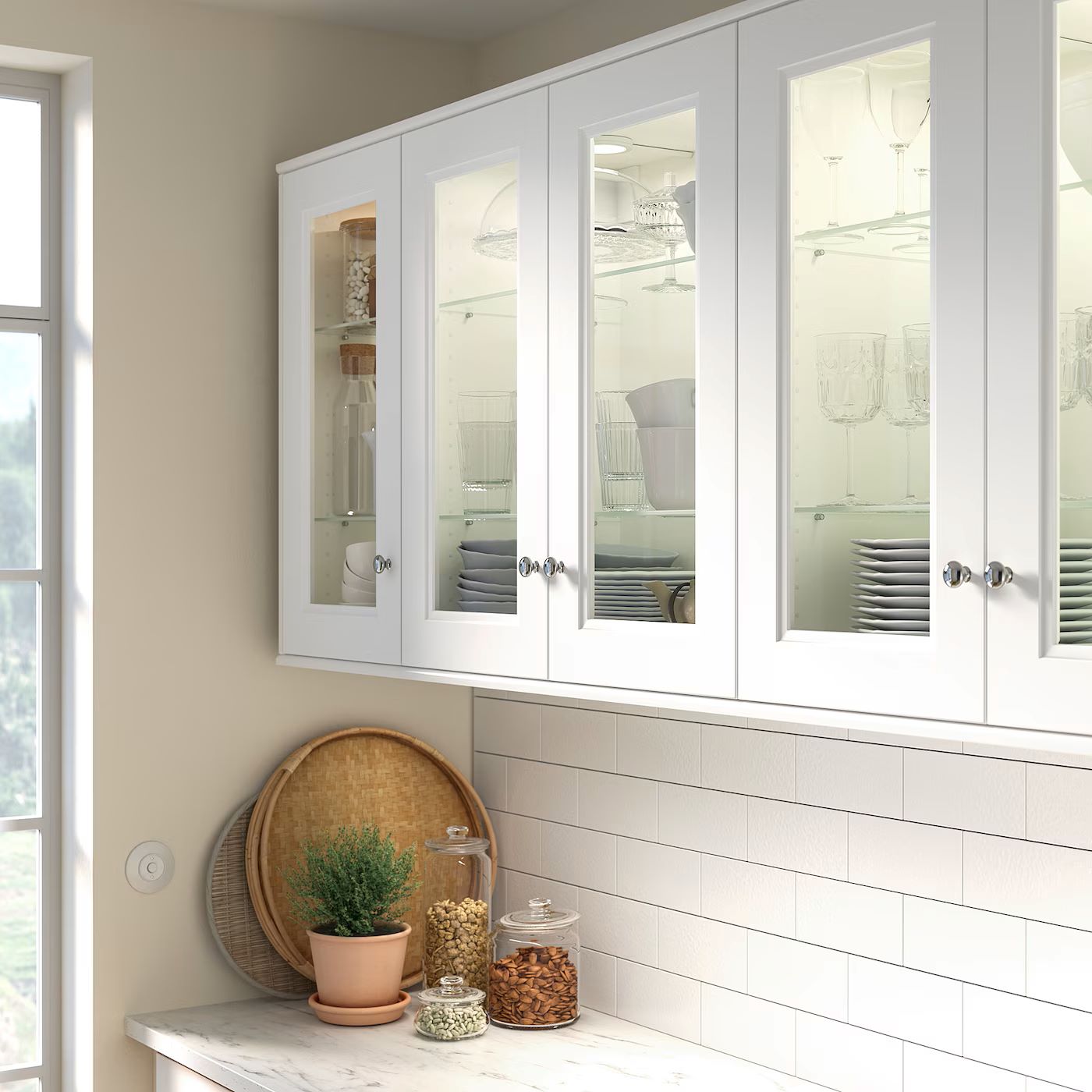
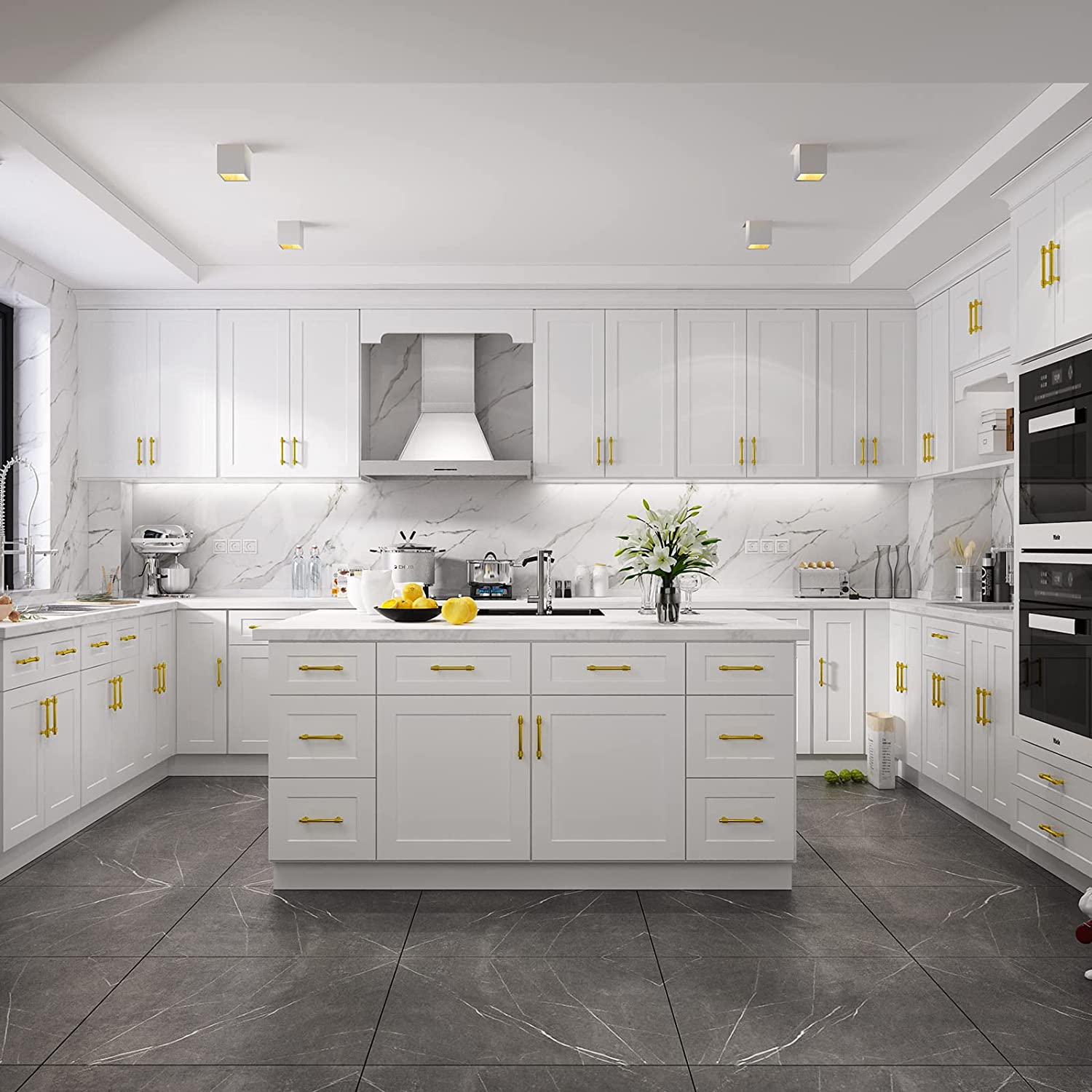
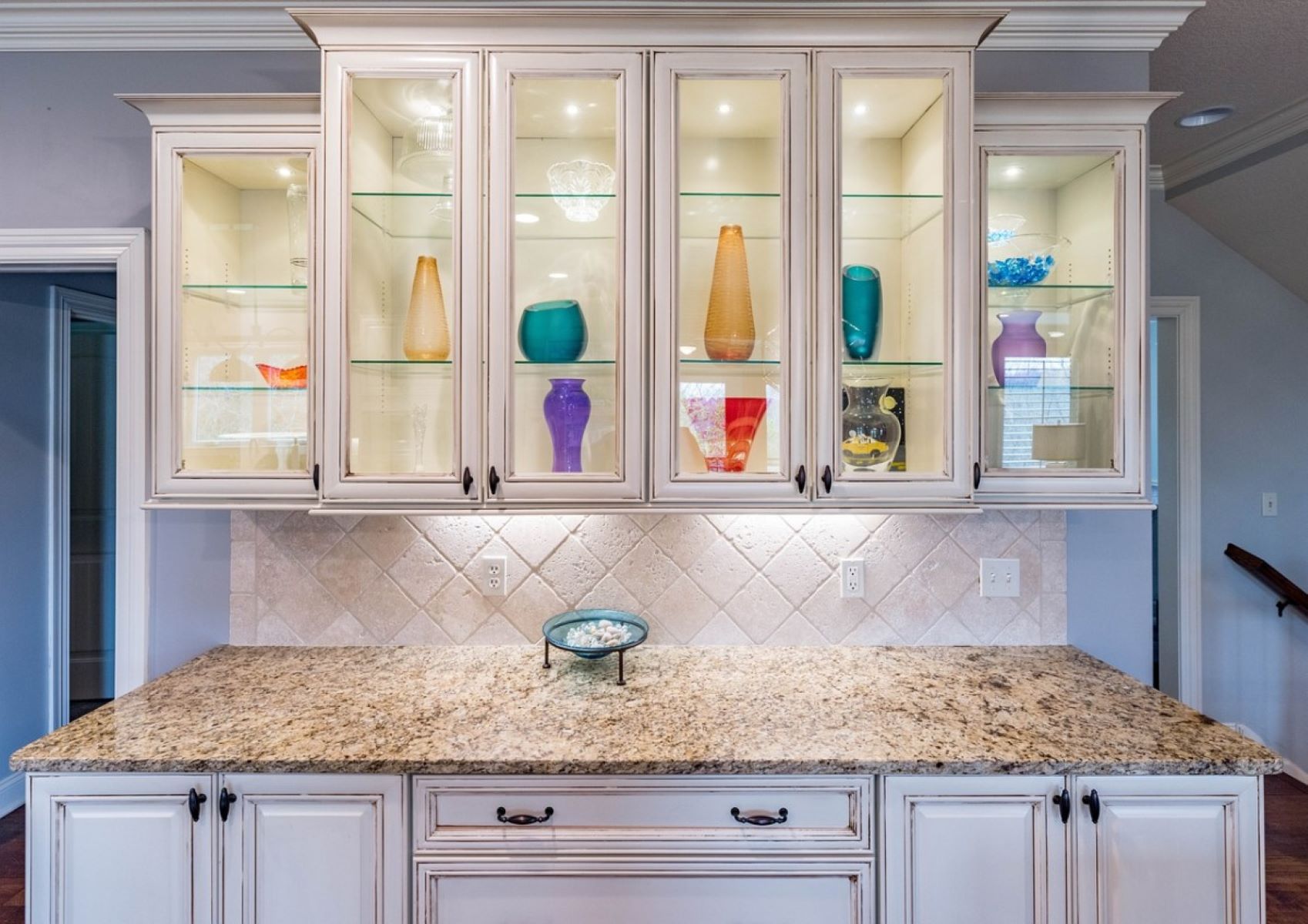
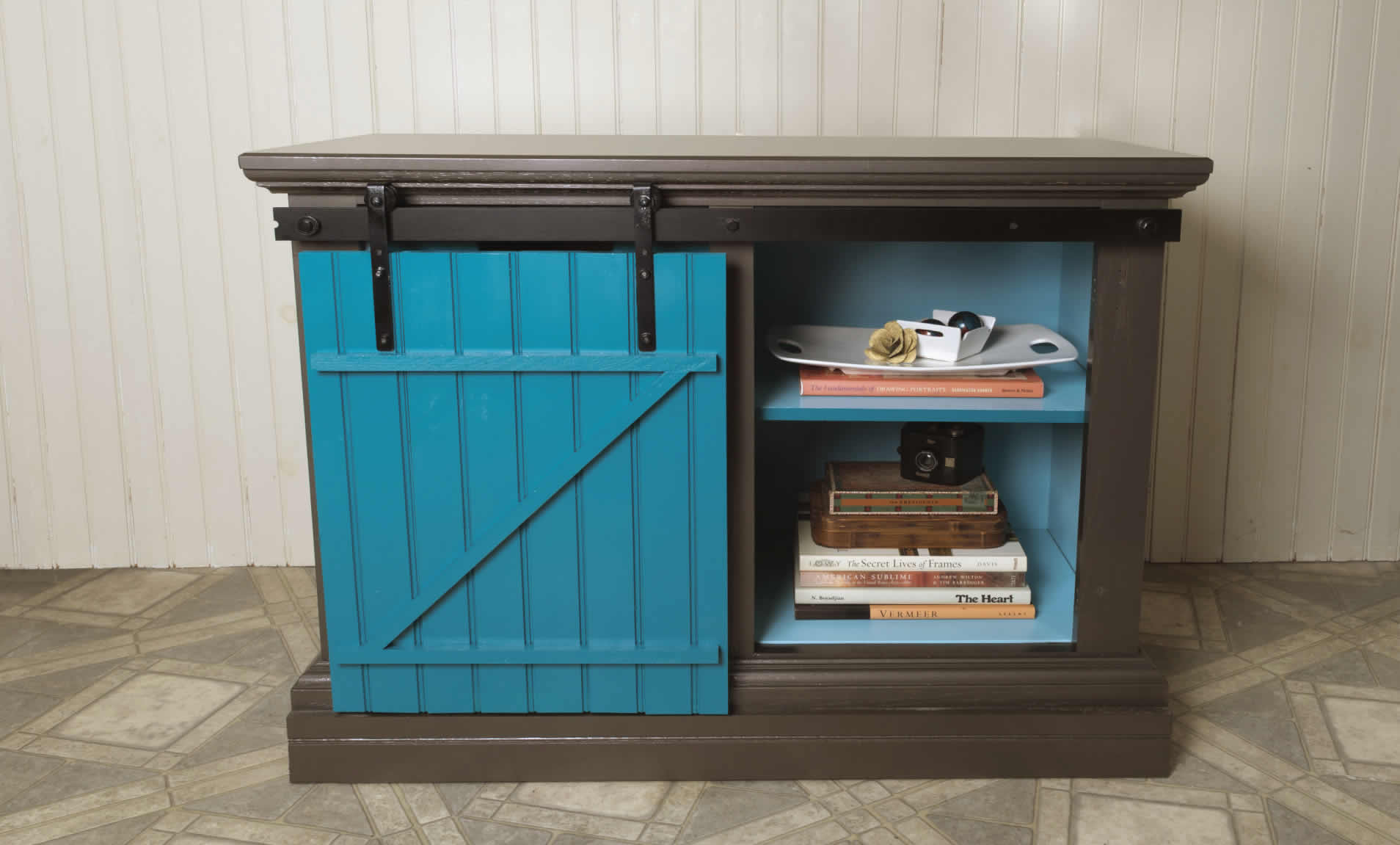
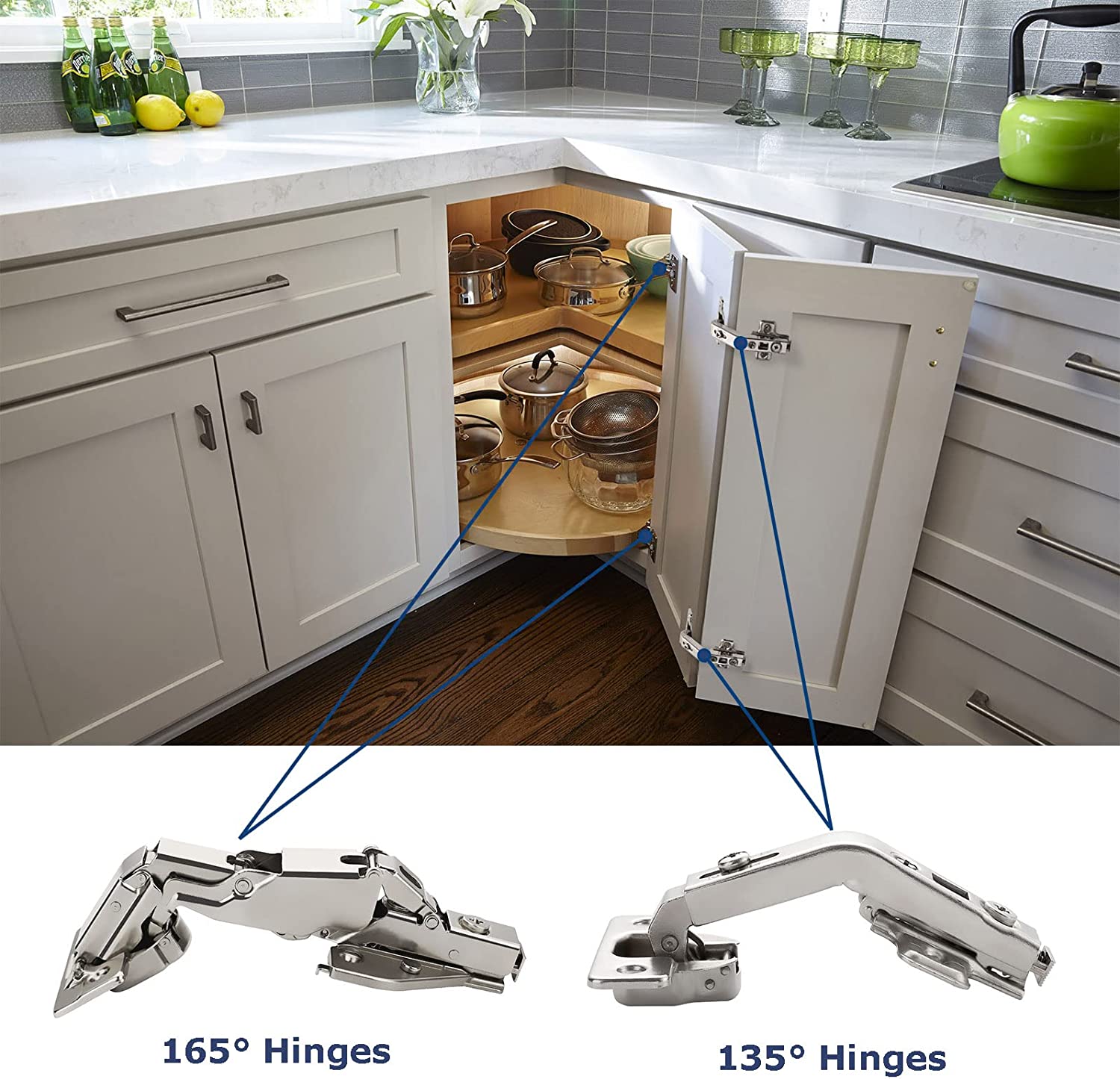

0 thoughts on “How To Fix A Cabinet Door”